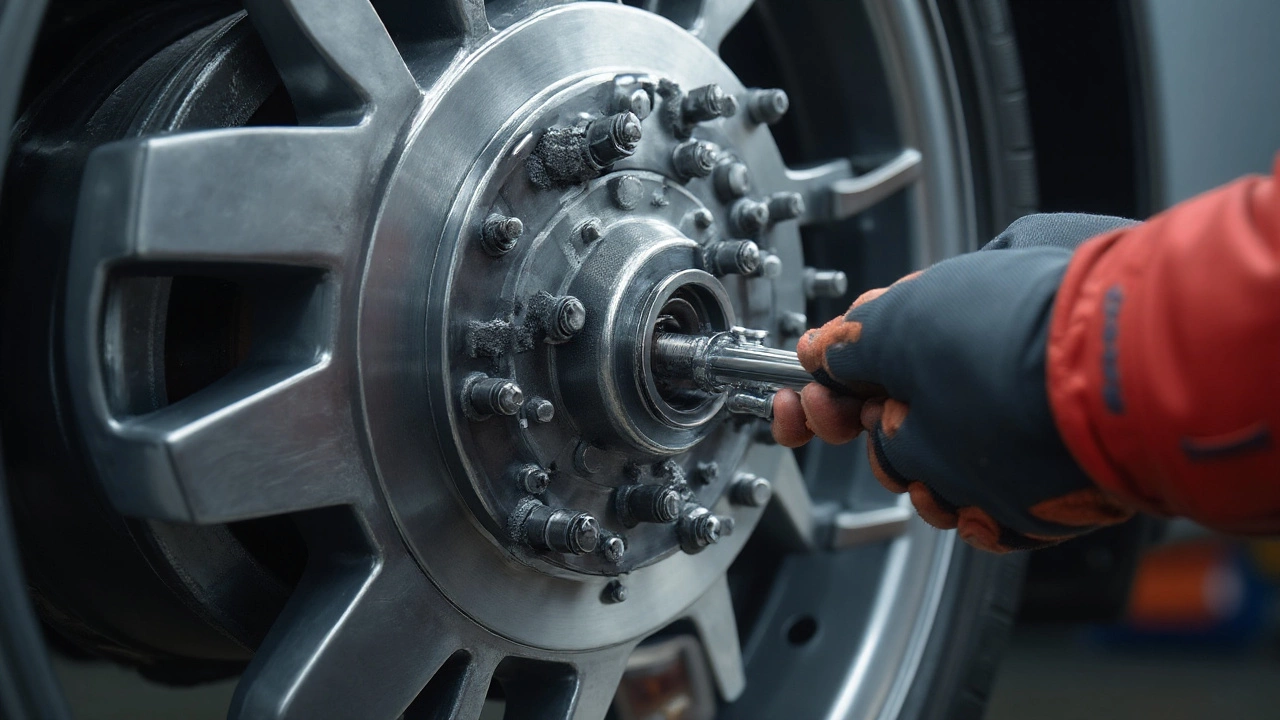Hub‑Centric Spacers – What They Are and Why You Need Them
If you’ve ever added wheel spacers to widen your stance, you probably heard the term “hub‑centric.” It simply means the spacer has a machined inner lip that matches your wheel hub’s exact size. That snug fit keeps the wheel centered on the hub, so the load goes straight through the bearings instead of the lug bolts. The result is less stress on bearings, smoother handling, and a cleaner look.
Choosing the Right Hub‑Centric Spacer
First, measure the hub diameter (often called the hub bore). Match that number to the spacer’s inner bore – a perfect match is key. Next, decide on the outer width you need to get the desired track width. Common sizes are 3 mm, 5 mm, and 10 mm, but you can go bigger if your wheel wells allow it. Material matters too: aluminum is lightweight and cheap, while steel is stronger for heavy‑duty builds. Make sure the spacer’s bolt‑hole pattern (usually 5 × 112 mm or 5 × 120 mm) lines up with your car’s lug pattern.
Installation Tips and After‑Install Checks
Start by loosening the lug nuts while the wheel is still on the ground – you don’t want the car to lift unexpectedly. Slip the hub‑centric spacer onto the hub, making sure the inner lip sits flush. Then place the wheel on top and hand‑tighten the lug nuts in a star pattern. Once the wheel is snug, lower the car and torque the nuts to the manufacturer’s spec (usually between 80‑100 Nm). After a short drive, re‑check the torque and look for any wobble. If the wheel feels loose or you hear rumbling, re‑inspect the spacer fit and tighten again.
One quick safety check is to spin each wheel by hand after installation. It should turn smoothly without gritty resistance. Any grinding could mean the spacer isn’t truly hub‑centric or the bearings are being forced off‑center. Also, keep an eye on tire wear; uneven wear after a few weeks might signal a mis‑aligned spacer.
Many drivers wonder if they need spacers on all four corners. The short answer: only if you want a symmetrical look and balanced handling. Putting spacers on just the front or rear can change steering feel and may cause uneven tire wear. If you’re unsure, start with a single axle, test drive, and see how the car behaves before going all‑in.
In summary, hub‑centric spacers give you the width boost you want while keeping the wheel centered and the bearings happy. Pick the right size, match the inner bore, torque correctly, and do the post‑install checks. Follow these steps and you’ll enjoy a wider stance without sacrificing safety or comfort.

Are 2-Piece Wheel Spacers Safe? Risks, Legality in Australia, and Setup Guide (2025)
Are two-piece wheel spacers safe? Get a clear answer with engineering basics, risks, Aussie legality in 2025, and a step-by-step setup guide with torque and checklists.